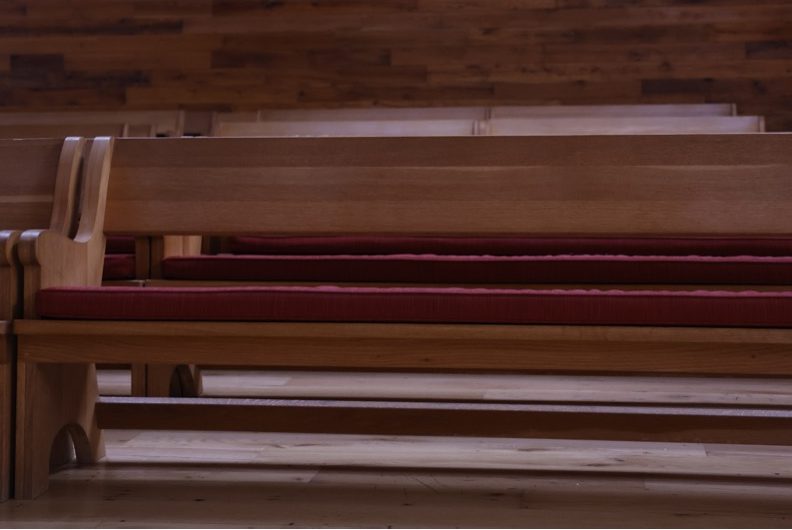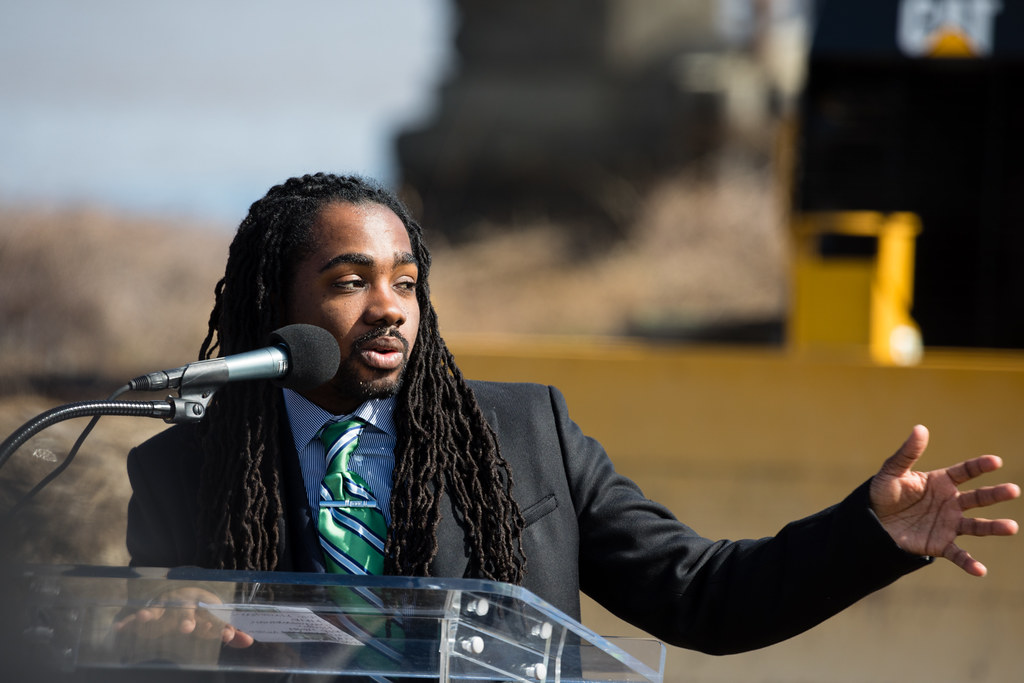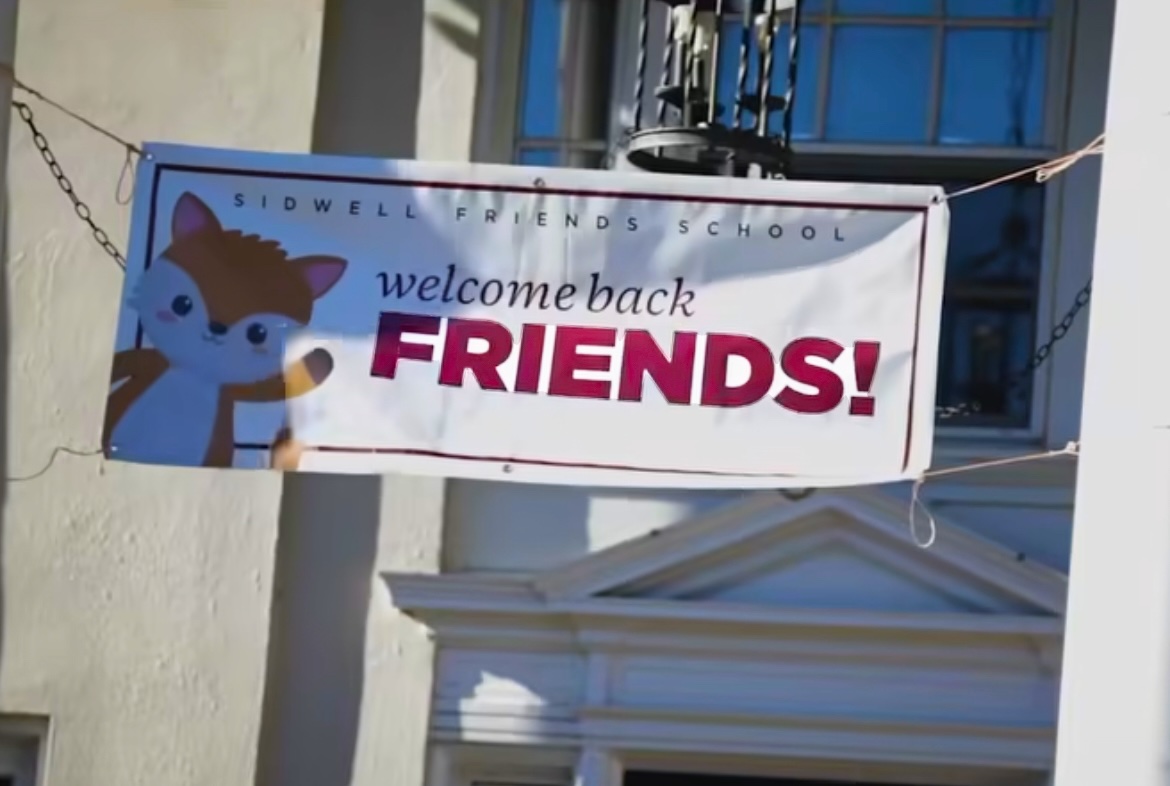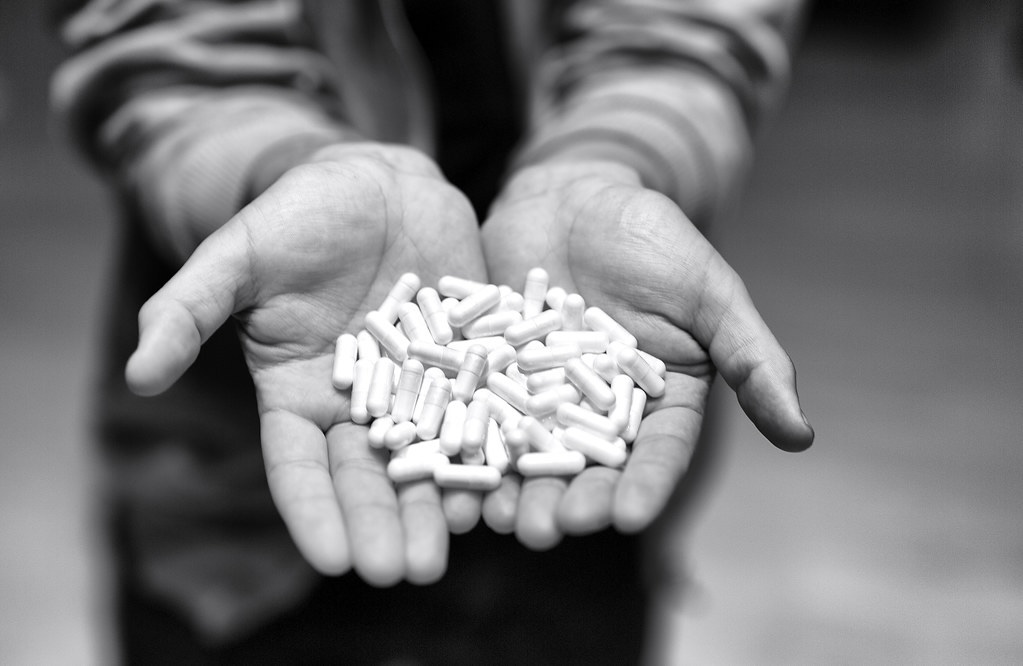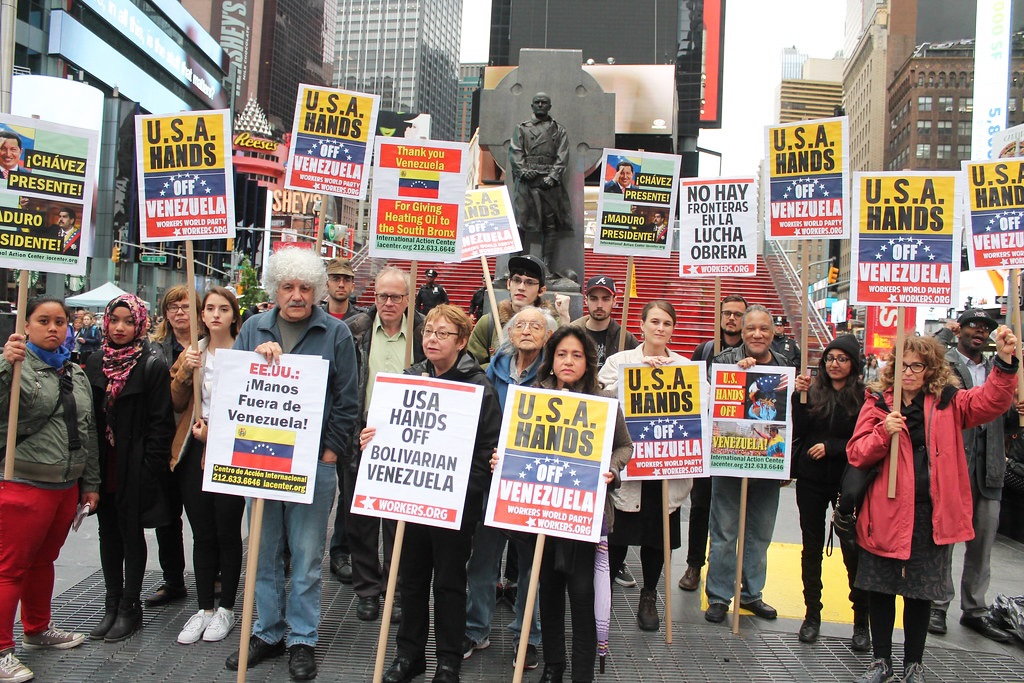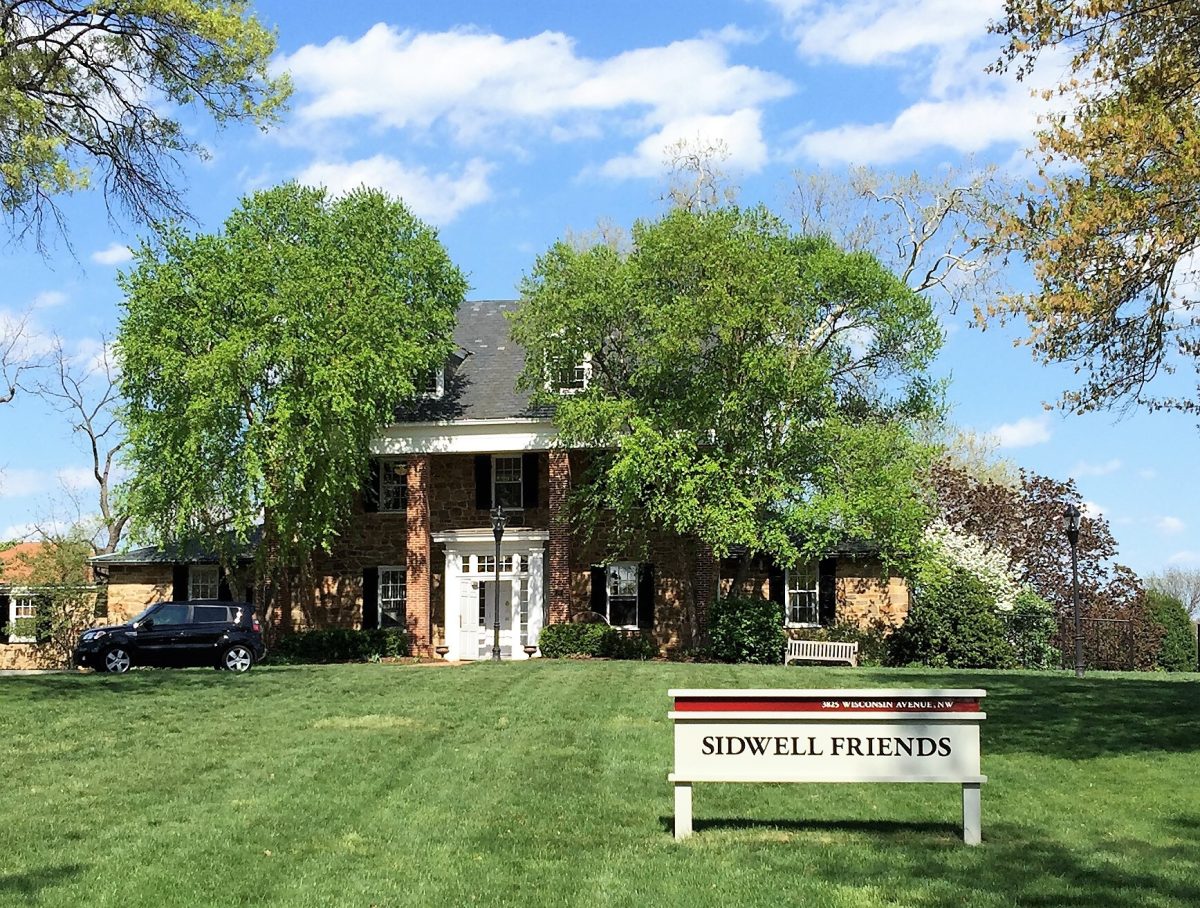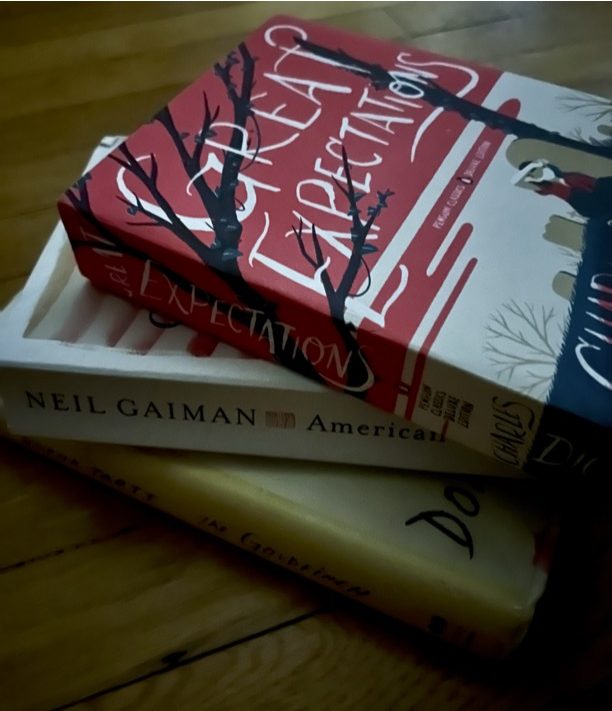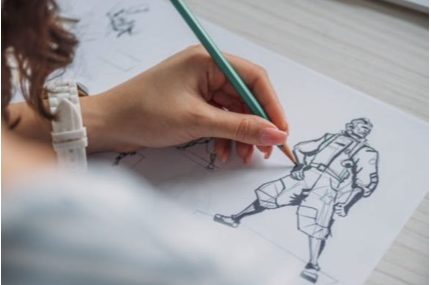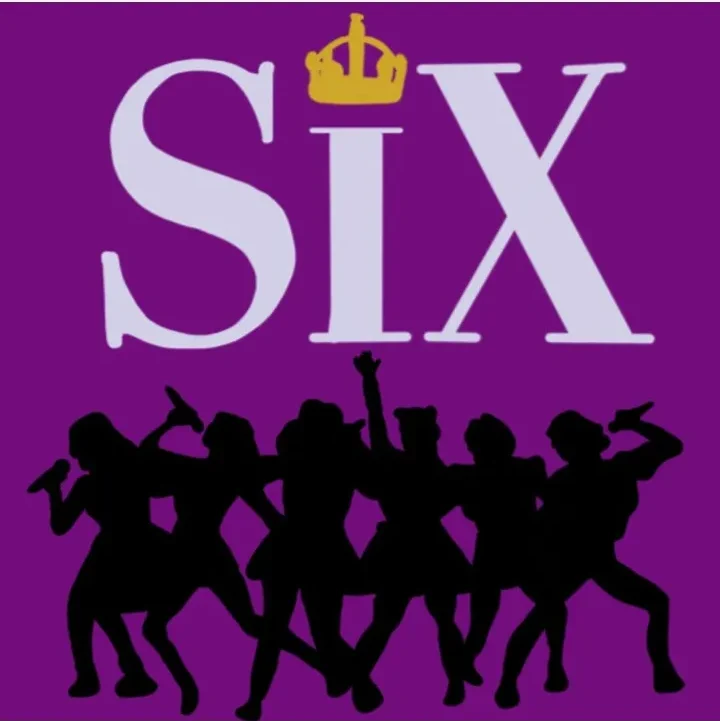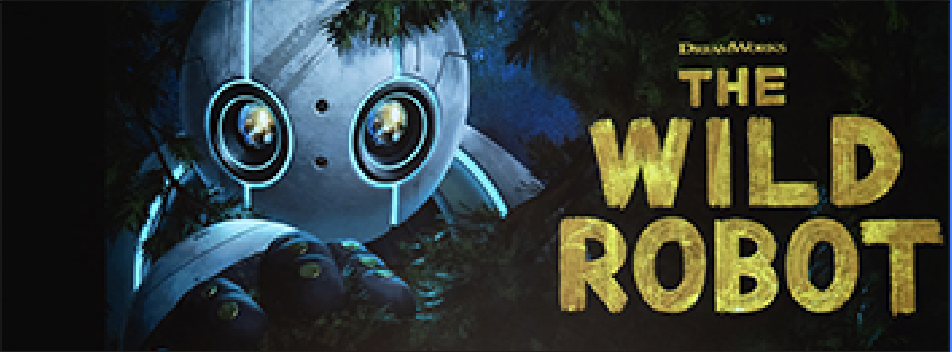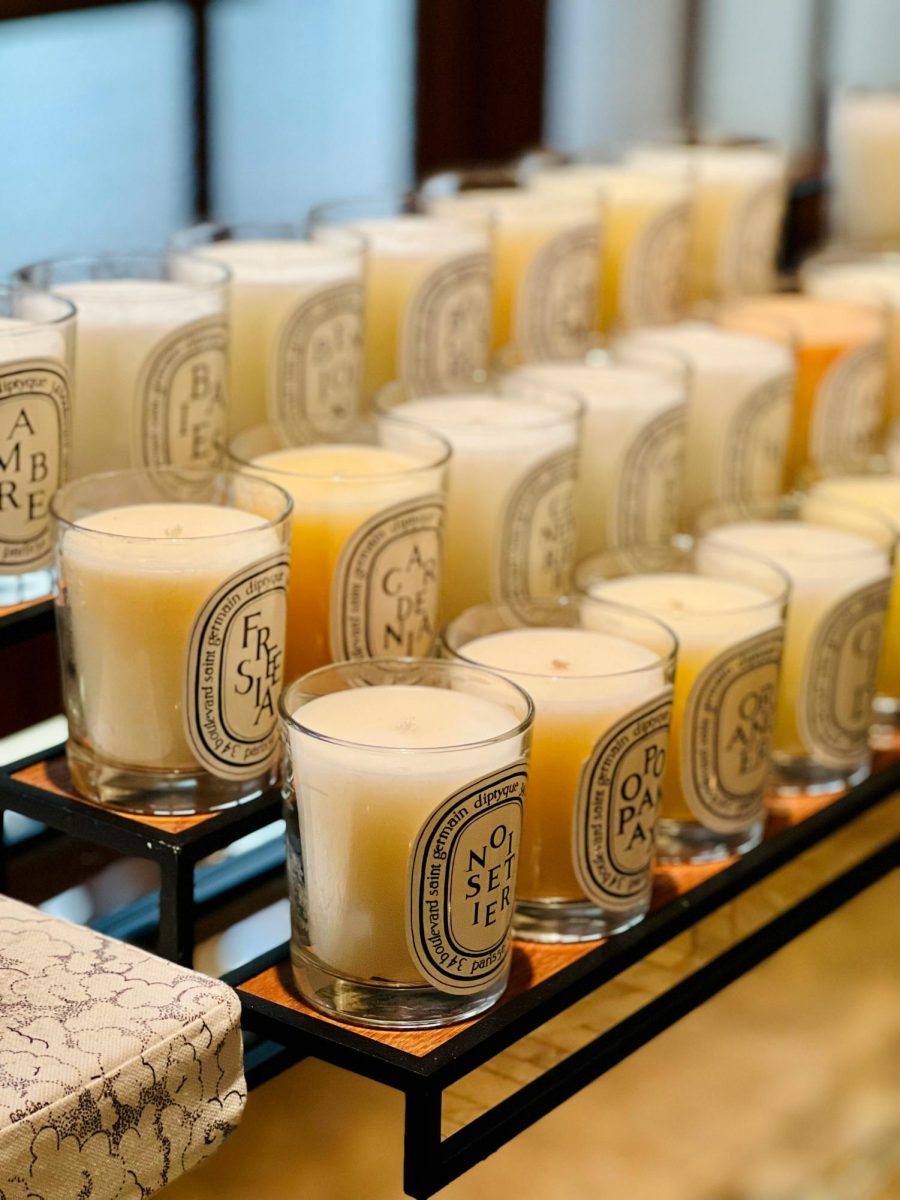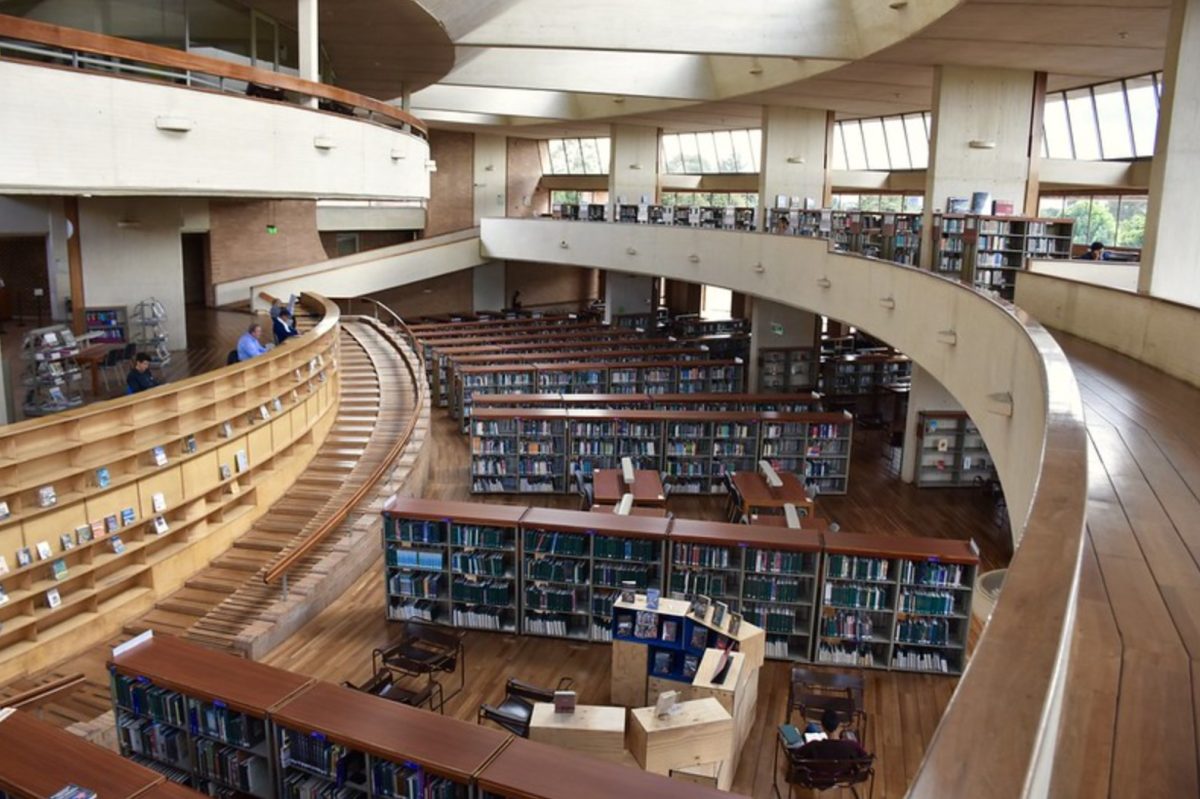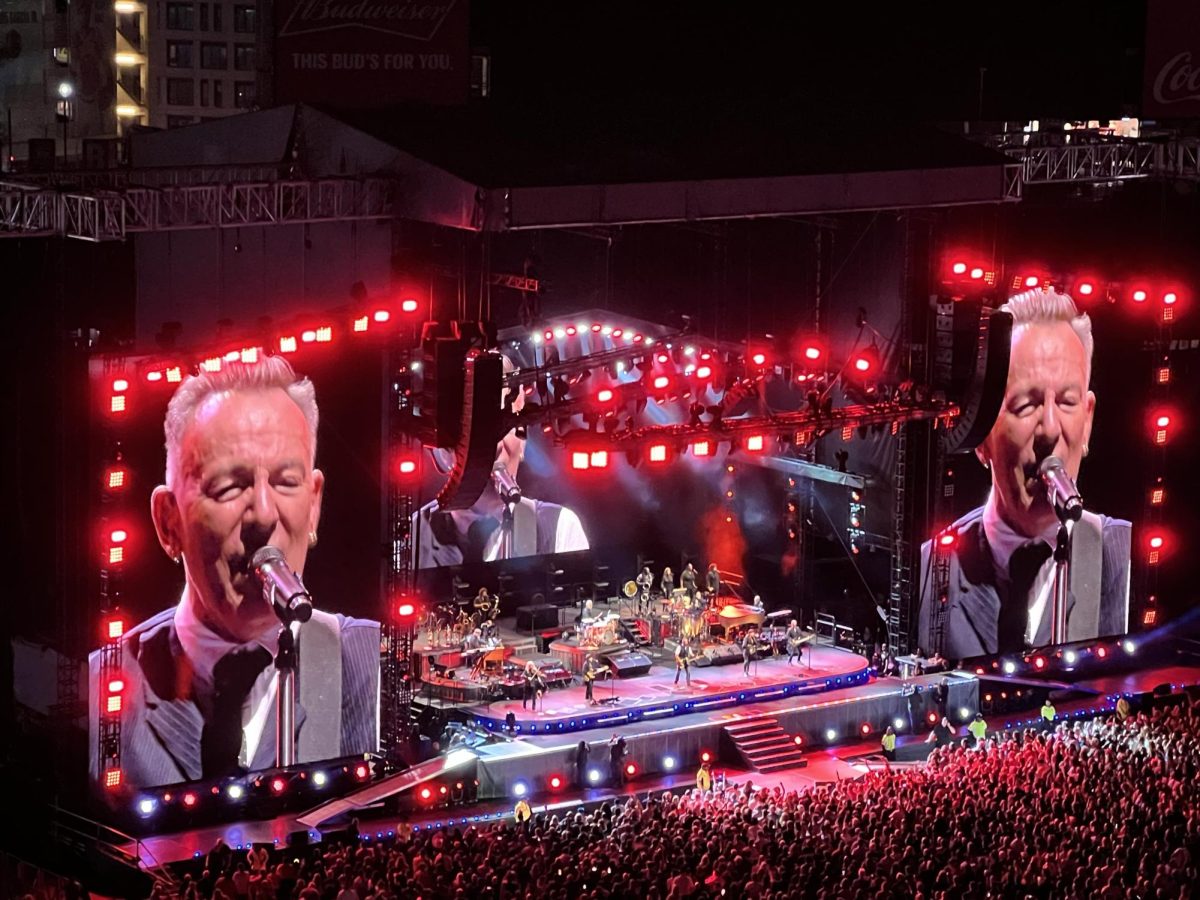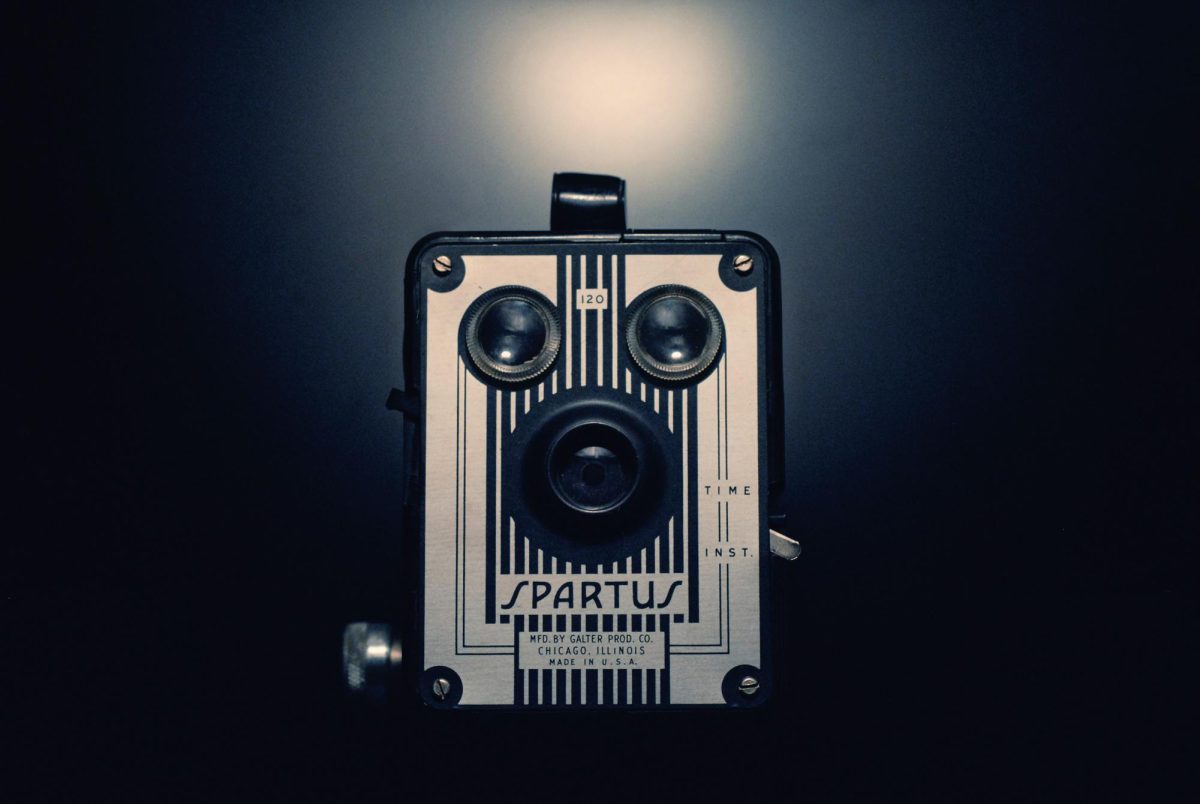Día de los Muertos, or Day of the Dead, is a holiday celebrated annually on November 1-2 in Mexico, Central America, and other communities of Mexican heritage worldwide.
Senior Gabi Green, head of Latin American Society, sets up an ofrenda yearly as a tradition and plans to decorate the Sidwell Upper School in honor of Hispanic Heritage month. These decorations include bright colors and papel picado, or cut paper, to spread the festivity and joy that comes with seeing your loved ones again during Día de Los Muertos.
Although Green’s family doesn’t celebrate many Spanish holidays in the traditional sense, her Colombian heritage “has been integrated into her life through language, music and food.” Simple things such as listening to Colombian music in the car, eating famous foods from Columbia and only speaking Spanish at home are ways she is able to stay connected to her heritage in her everyday life.
Similarly, while Sidwell may not have a large event directly celebrating Día de los Muertos, the LAS musical assembly in late September was an example of connecting to culture through music. As an organizer of this event, Green was pleased to see the joy this short presentation brought into everybody’s lives.
Día de los Muertos is a time to honor and remember deceased relatives. The origins of Día de los Muertos date back to the Aztecs, who had been celebrating the holiday long before Spanish conquistadors invaded and combined it with Catholicism in the 1500s. This fusion created the focal theme of unity in life and death which is honored today, although the traditions and celebrations are ever-changing. This holiday stems from the Aztecs view that death was an integral part of life. The Aztecs believed that a person must travel through nine challenging levels to reach their final resting place upon dying. They never thought the dead were truly gone but rather were moving on. In Aztec rituals, traditionally held in August, family members laid out food, water and tools to help the deceased in this journey. This inspired the modern-day tradition of leaving relatives offerings at their graves during Día de los Muertos. Once the Spanish interfered with the Aztecs, the Catholics moved Día de Los Muertos from the summer months to the Catholic dates commemorating All Saints Day and All Souls Day on Nov. 1-2.
The Spanish also emphasized death and the afterlife as separate from the living, changing the meaning of this holiday to honoring and remembering the dead after they are no longer with the living. Although the Day of Dead sounds like a time to commemorate death and tragedy, this holiday is really a celebration of life. On Nov. 1-2, it is believed that the spirits of the deceased return to celebrate with the living, to honor the memories and bonds that tie them together. The main message is family and unity, coming back together instead of dwelling on the deaths of loved ones.
There are many rituals and ways of celebrating that come with this holiday. As souls of the dead awaken and return to the living world, they are treated as guests; feasting, drinking, dancing and playing music with their loved ones.
Ofrendas, or altars, are often created in homes and can be decorated with bright marigolds to attract the spirits and photos of family to symbolize unity. Altars include all four elements of life: glasses of water, candles for fire, food left as offerings for earth and papel picado to represent wind. The most well-known symbols related to Día de los Muertos are calacas, or skeletons, and calaveras, or skulls. During modern-day festivals, people commonly wear skull masks, eat sugar candy molded into skulls and dress up as skeletons. This symbol serves as a reminder of the fragility and impermanence of life, and is seen as an invitation to cherish the time that we have with our loved ones. Finally, copal incense which were also used for ceremonies back in ancient times, are lit to draw in the spirits, welcoming the deceased back into the living world for reunion.










